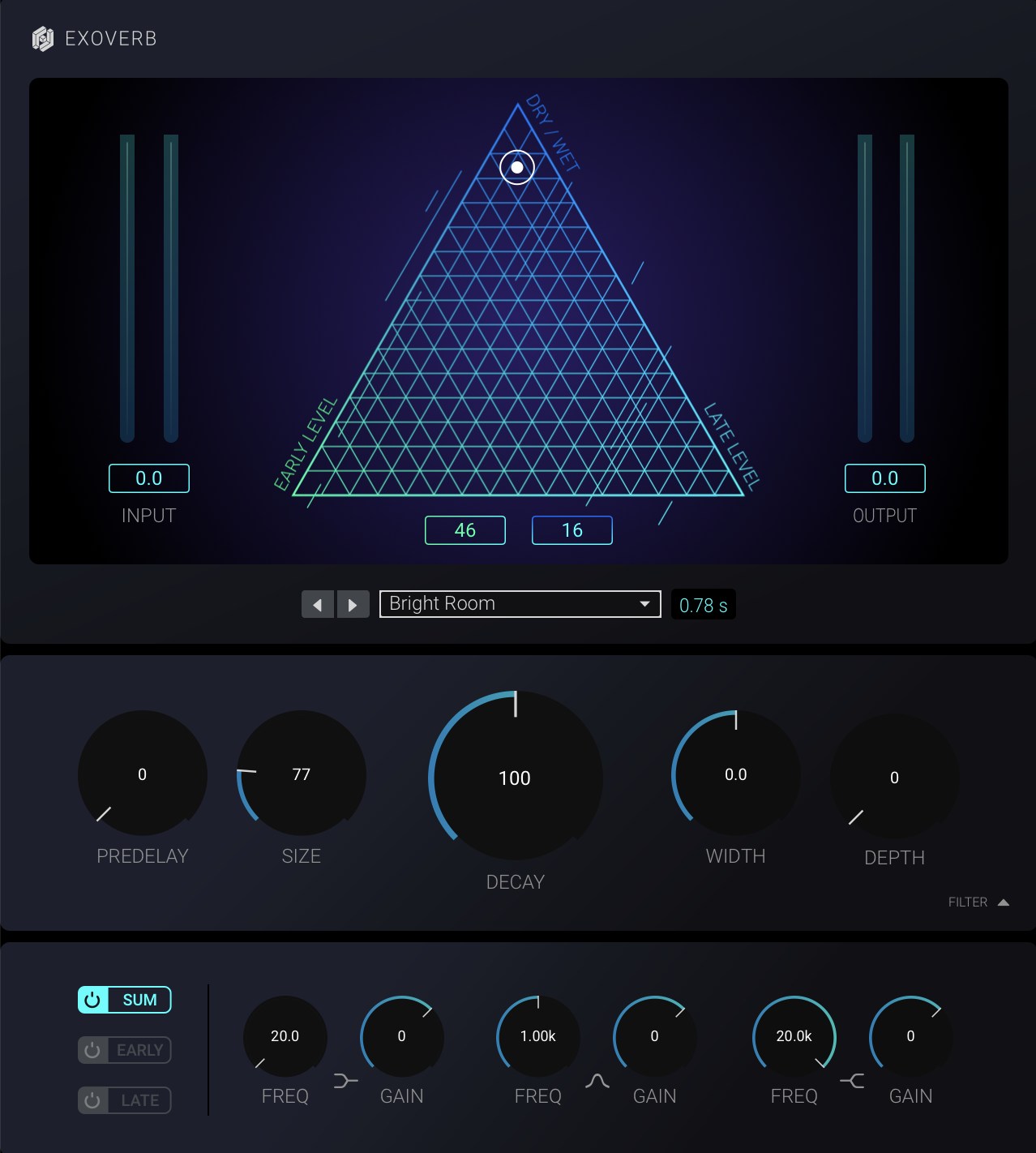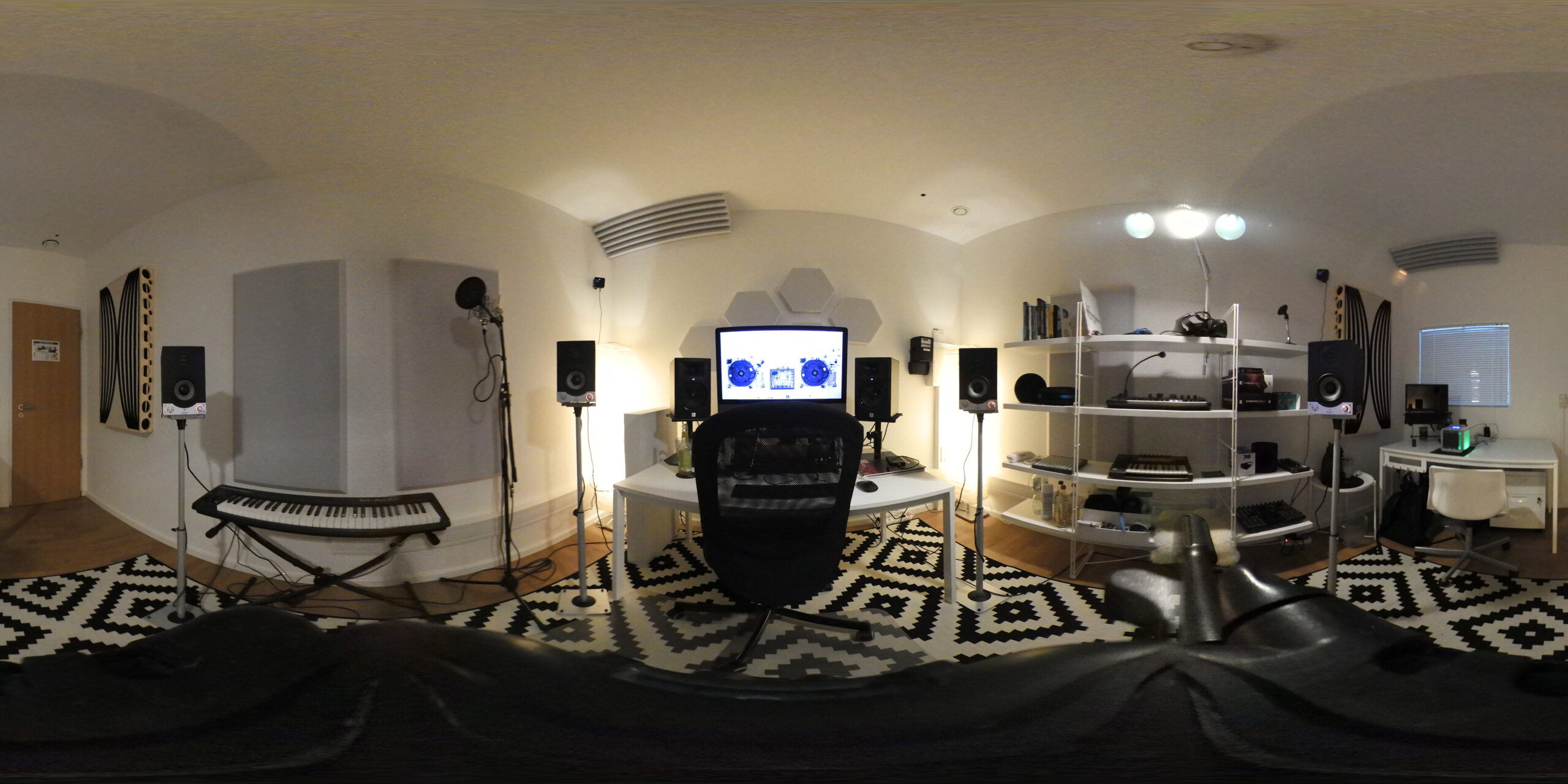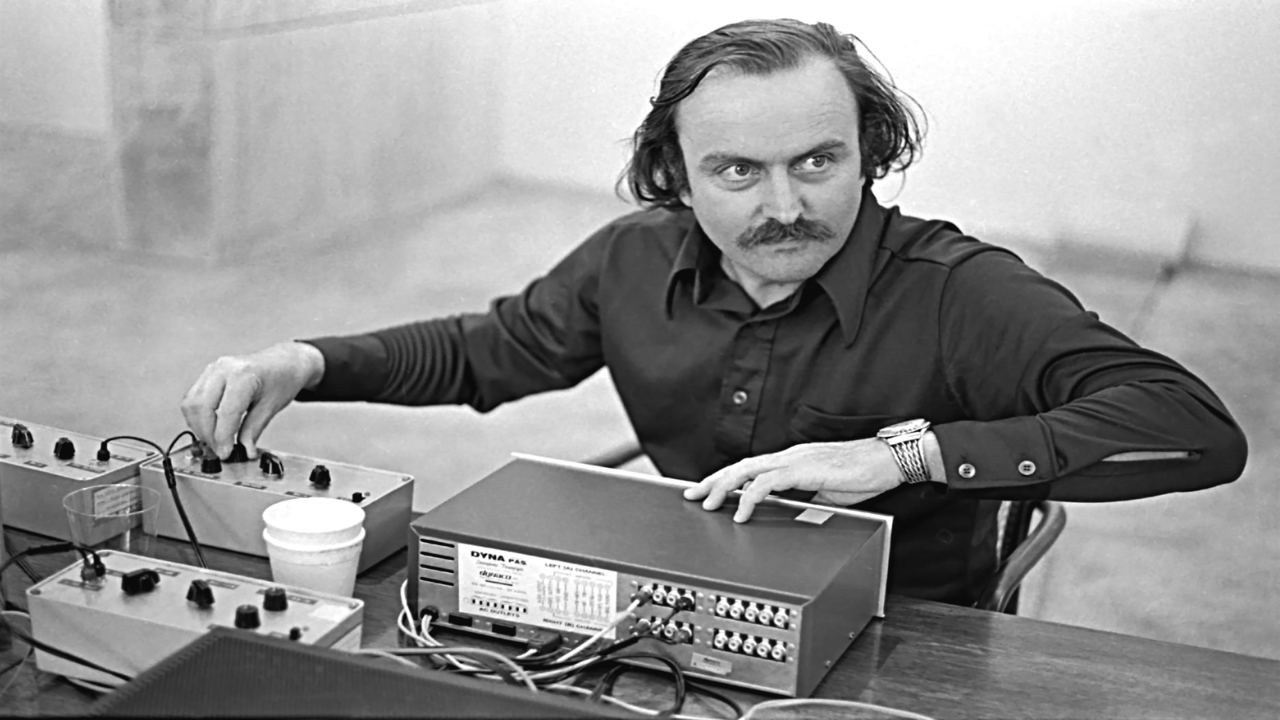How modern technology breathes new life into a classic sound art experiment, blurring the lines between human and artificial voices
In the realm where artificial intelligence meets avant-garde sound art, I tried something. Inspired by Alvin Lucier’s groundbreaking 1969 piece “I Am Sitting in a Room,” this modern adaptation pushes the boundaries of what’s possible with today’s technology.
The original Lucier piece was a study in acoustic phenomena and the transformative power of space on sound. Lucier recorded himself reading a text, played it back into the room, and re-recorded it. This process was repeated, with each iteration capturing more of the room’s resonant frequencies, gradually morphing speech into pure, haunting tones.
So, check the original track. You don’t have to listen to it all, just the first one, one randomly in the middle, and the end result.
Did you notice how the resonant frequencies of the room overtook his voice? Fantastic!
Our digital-age homage to Lucier’s work introduces some twists: artificial intelligence and digital plugins. Instead of Lucier’s own voice, we’ve employed AI technology to generate a voice clone. This synthetic voice serves as our starting point, bridging the gap between human and machine in a way that Lucier could only have dreamed of half a century ago.

The AI-generated voice is then processed through a state-of-the-art reverb plugin, Dear Reality Exoverb, carefully tuned to emulate the acoustic properties of a physical room. Like Lucier, we’ve repeated this process 32 times, each pass further abstracting the original speech into a tapestry of resonant frequencies.

What emerges from this experiment is something different. As the AI voice undergoes its transformation, we’re left to ponder:
How does this digital reinterpretation compare to Lucier’s original?
What does it reveal about the nature of sound, space, and our perception of both in an increasingly digital world?
If the original one has the resonants taking all the sound, in our AI/digital version there’s nothing much to it. Although there are some resonance, the majority of the audio turned into a one-note blur, without too much happening.
Check my AI-driven reinterpretation. And then listen to Lucier’s original one again. As you do, consider how technology has expanded our artistic palette, allowing us to explore the frontiers of sound in ways both familiar and utterly new, but at the same time how the digital realm constrains us in its own way.
In the intersection of AI , digital worlds and experimental music, we may just find new avenues for expression and understanding in the art of sound. But nothing compares to a “real” recording with real voices, real ambiences, real people behind it.
Best wishes,
Billy.
PS_To know more about Alvin Lucier, check this link.


Leave a Reply